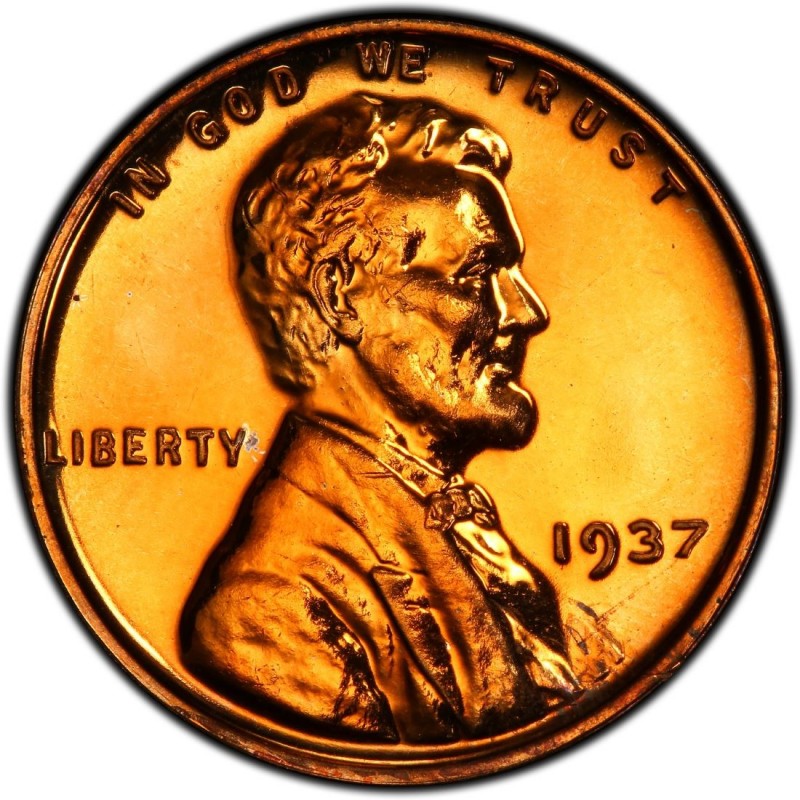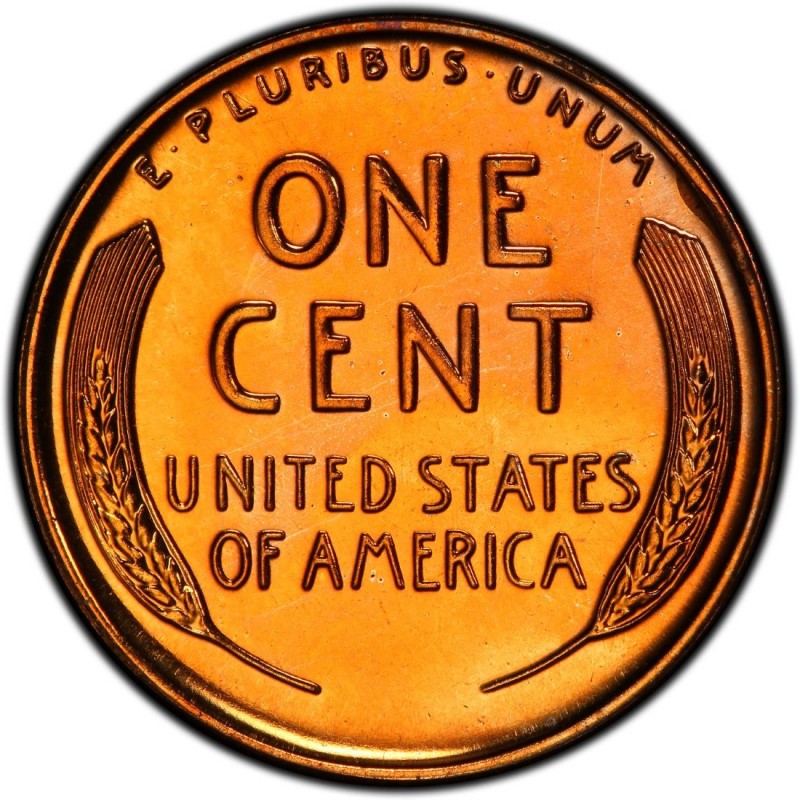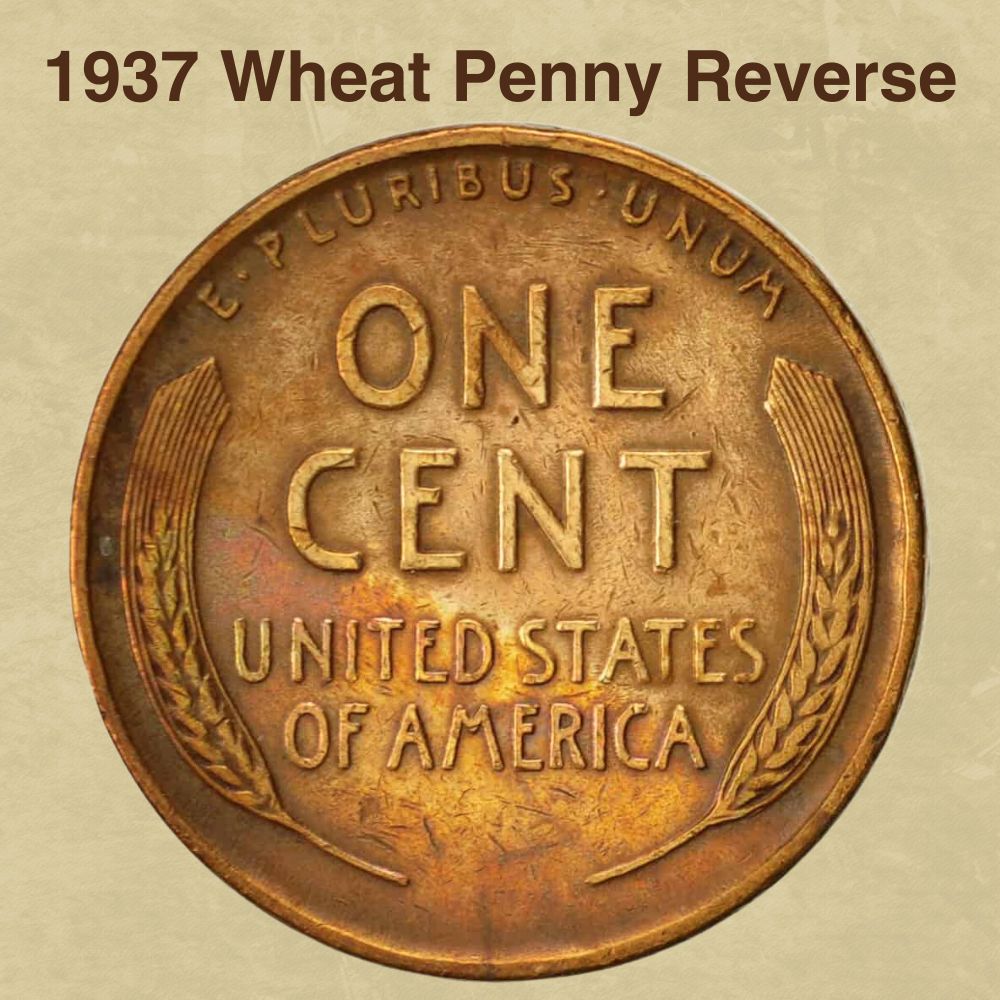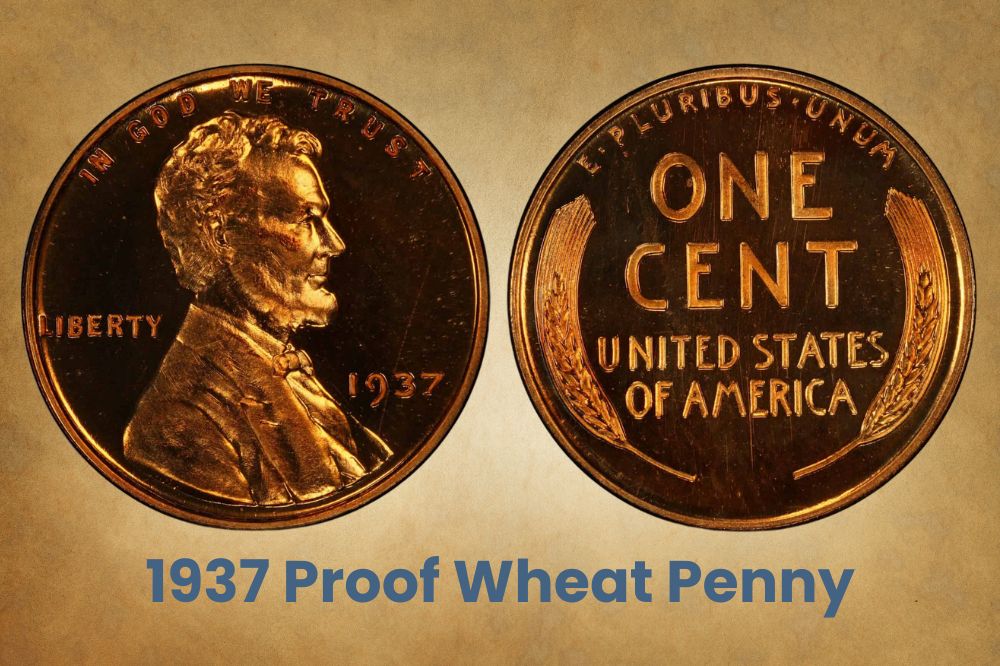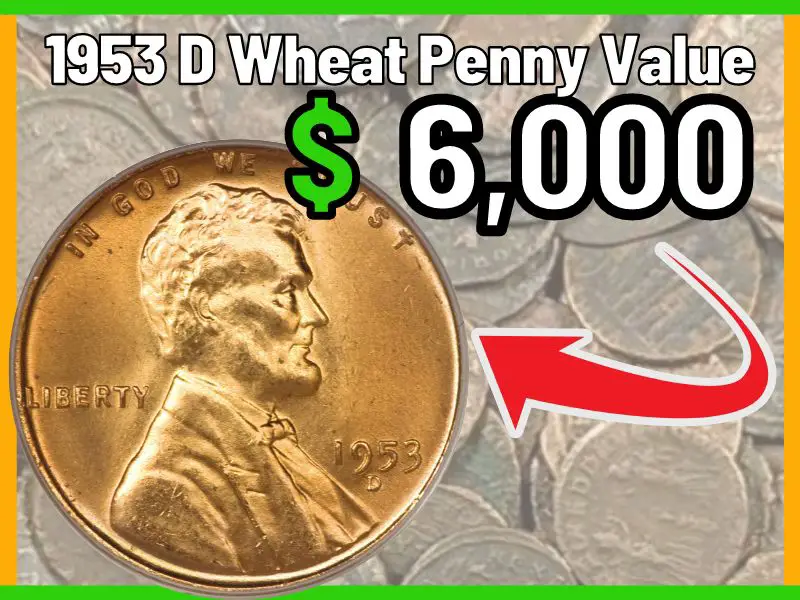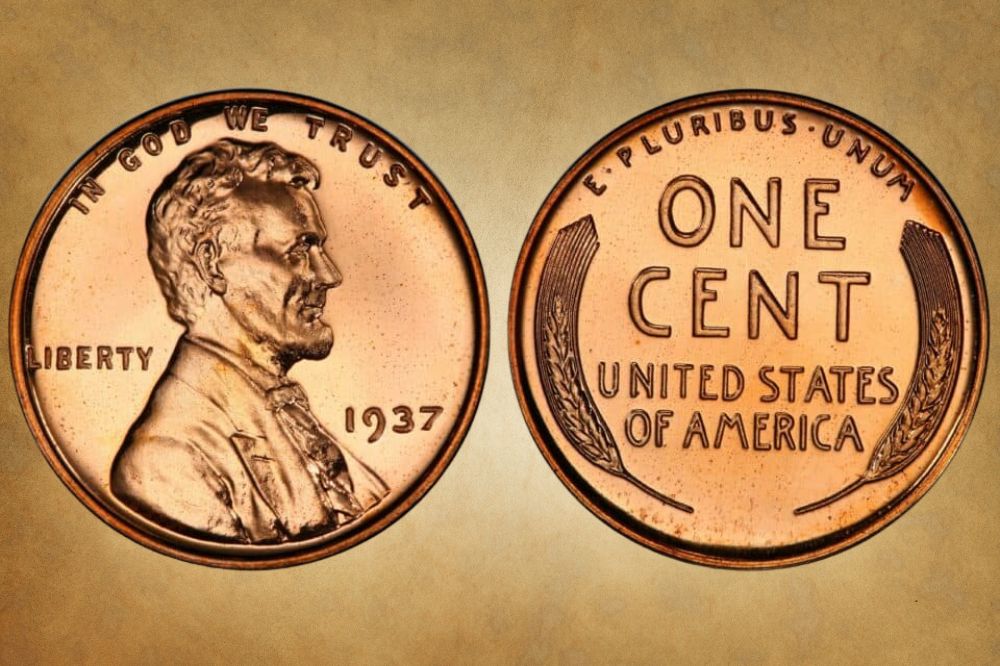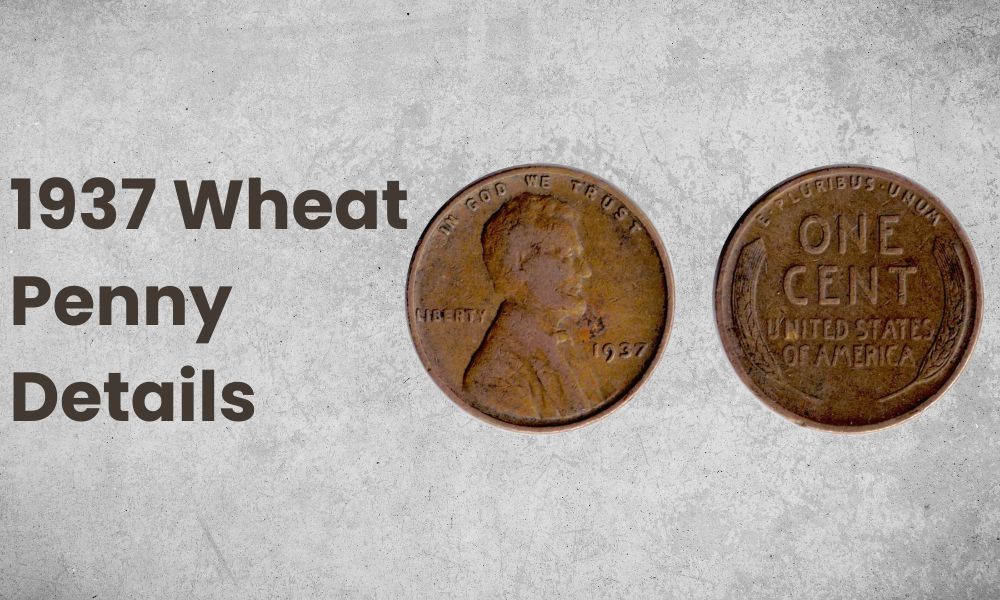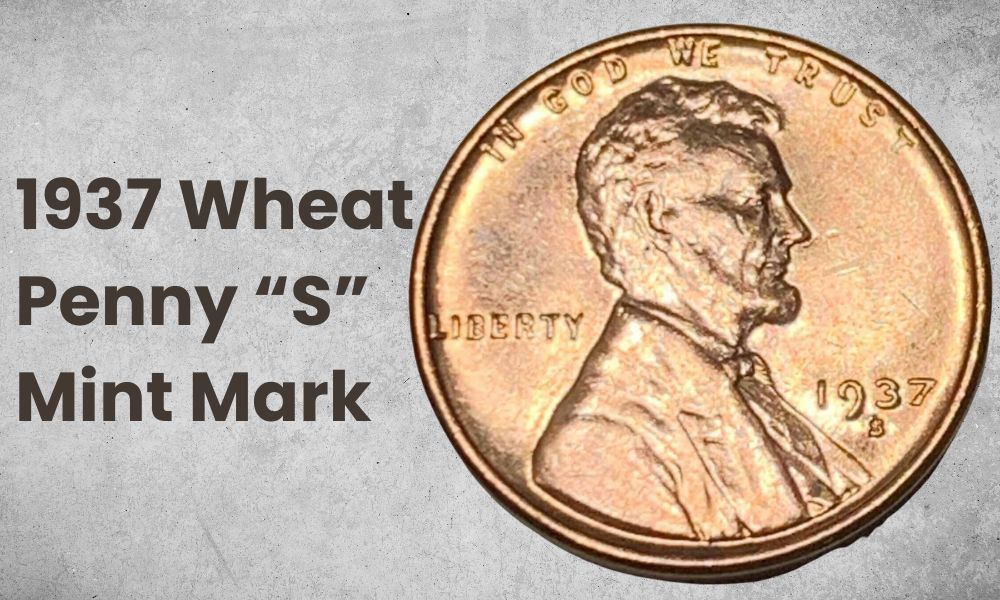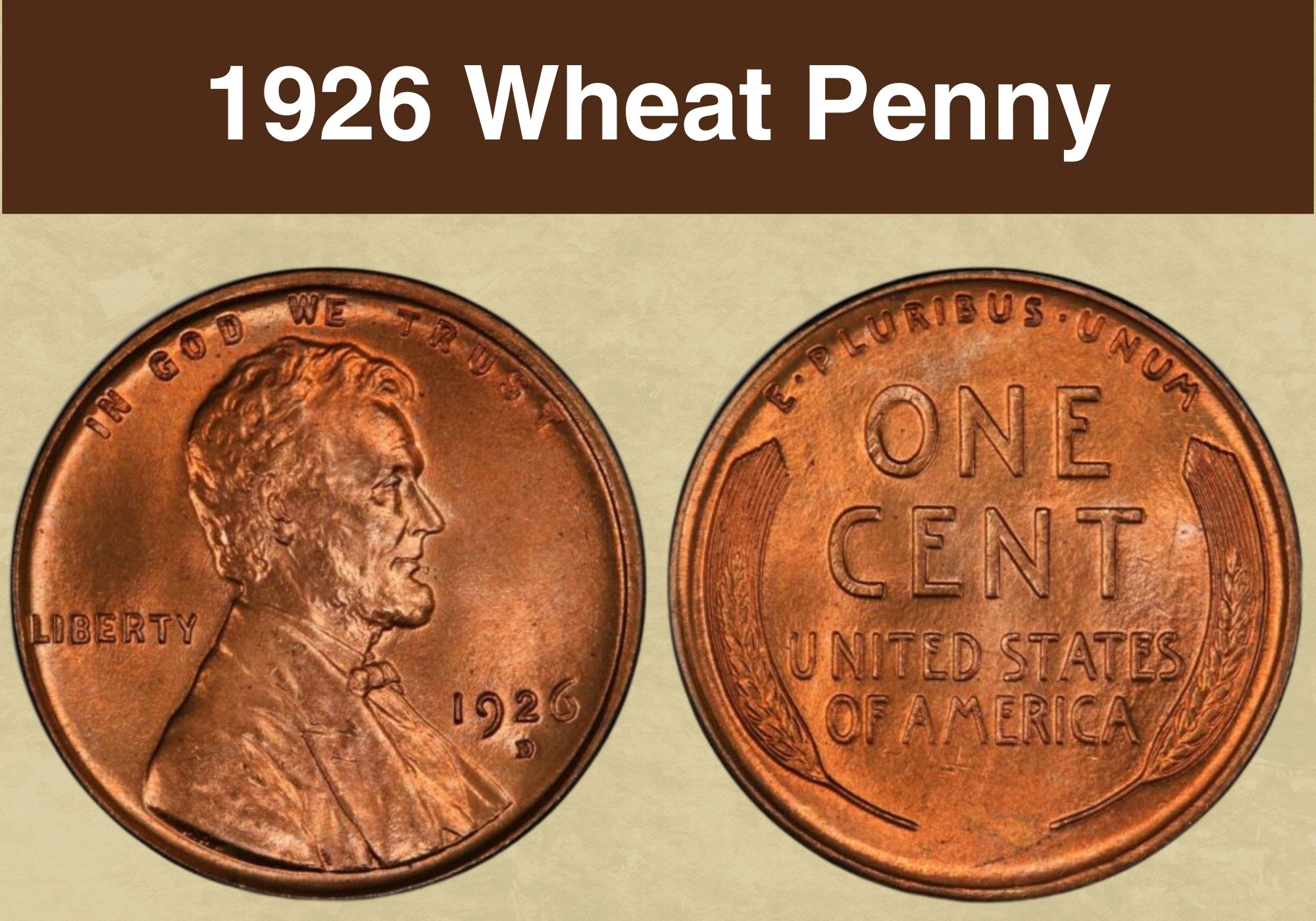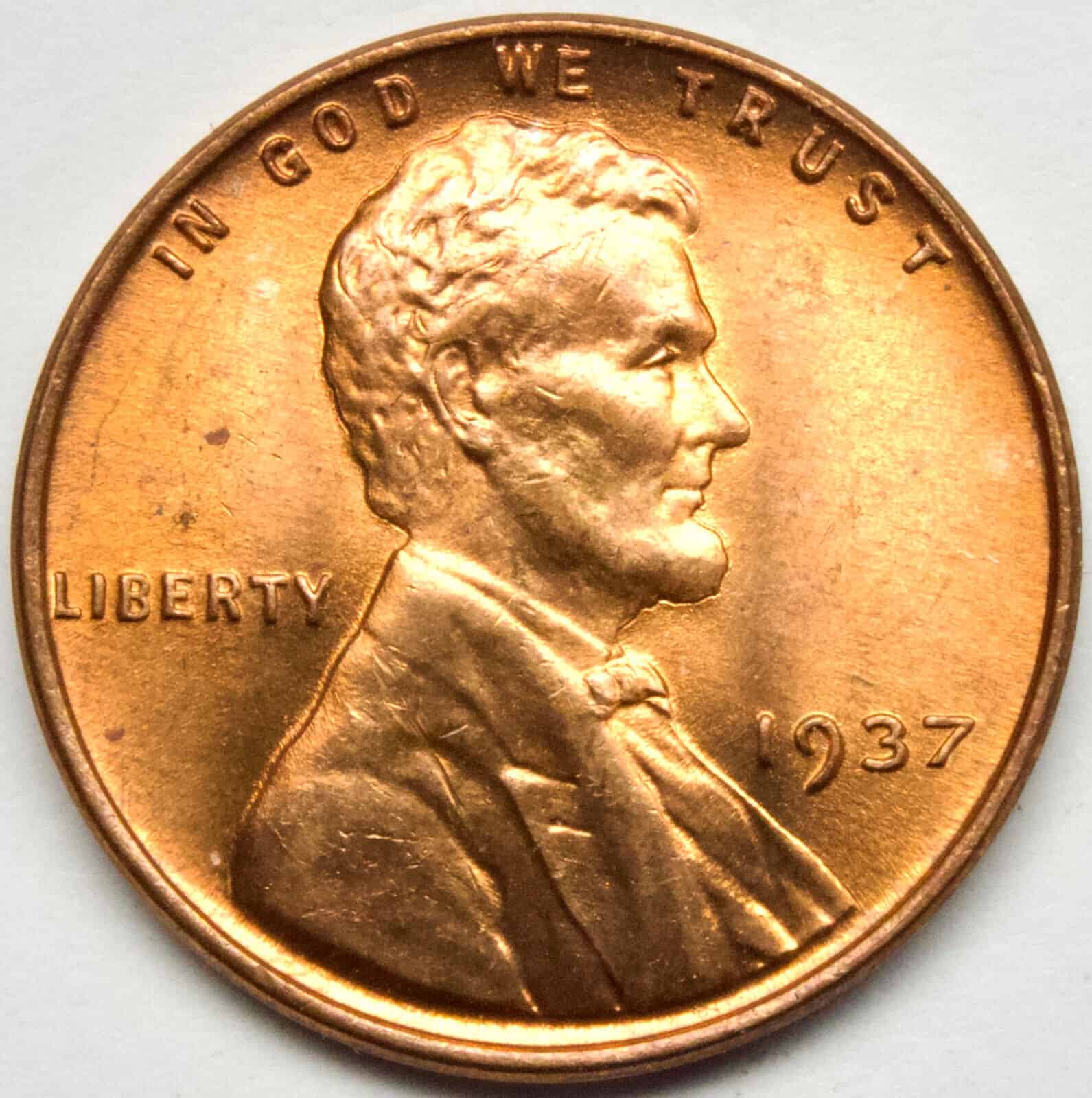What Is A 1937 Wheat Penny Worth

So, You Found a 1937 Wheat Penny! Jackpot? Maybe!
Ever stumble across a dusty old penny and wonder if you've suddenly become rich? If that penny is a 1937 Wheat Penny, you might just be onto something... or maybe not. Let's dive in and see if you can retire early thanks to Lincoln's profile!
Think of it like this: finding a 1937 Wheat Penny is like finding a slightly-used, vintage car. Not every old car is a Ferrari, right? But some are pretty cool!
The Not-So-Secret Value Sauce
Okay, so what makes a 1937 Wheat Penny worth more than, well, one cent? It's all about rarity and condition. Think of it like comic books or baseball cards.
A pristine, shiny 1937 Wheat Penny that looks like it just rolled off the press? That's your Ferrari. A worn, scratched-up penny that's seen better days? More like a reliable (but not super exciting) sedan.
Rarity depends on how many were minted. Some years are more common than others. So, a 1937-D (Denver mint) might be worth slightly more than a 1937 Philadelphia mint penny. Keep reading!
Decoding the Penny Puzzle: Mint Marks Matter!
See that tiny little letter under Lincoln's head? That's the mint mark! It tells you where the penny was born. No mark means it came from Philadelphia, "D" means Denver, and "S" means San Francisco.
Generally, the Denver (D) and San Francisco (S) minted pennies from 1937 are a tad scarcer than the Philadelphia ones. Not by a massive amount, but every little bit counts! It's like finding a limited-edition version of your favorite snack.
Imagine your penny is a celebrity! The rarer the mint mark (or even better, an error!) the more paparazzi (and penny collectors) will want a piece of it!
Condition is King (or Queen!)
Okay, let's talk condition. Is your penny gleaming like new? Or does it look like it's been through a washing machine filled with gravel?
A penny in "uncirculated" condition – meaning it's never been used and retains its original luster – is worth significantly more. It's like finding a brand new toy in its original packaging!
A penny that's been circulated – meaning it's been used as actual money – will have wear and tear. It's still cool, just not quite as valuable.
So, How Much is it *Really* Worth?
Alright, alright, I know what you're really asking. The value of a 1937 Wheat Penny typically ranges from a few cents to a few dollars in circulated condition.
Don't get discouraged! Uncirculated examples can fetch anywhere from $5 to $20 (or even more for exceptional examples). Think of it as finding spare change that can add up to a nice little treat!
Now, if you find a 1937 Wheat Penny with a *major* error – like a doubled die or an off-center strike – then you might be talking some serious money. We're talking potential "pay off your student loans" money (but probably not!).
Where to Get the Real Scoop on Value?
Want to know the precise, up-to-the-minute value of your 1937 Wheat Penny? Consult a reputable coin grading service like PCGS or NGC.
These experts will examine your penny, assess its condition, and give it an official grade. This grade is crucial for determining its market value.
You can also check online coin auction sites and forums to see what similar pennies are selling for. Knowledge is power (and potential profit!).
In Conclusion: Penny for Your Thoughts (and Maybe More!)
While a 1937 Wheat Penny probably won't make you a millionaire overnight, it's still a cool piece of history. Appreciate its age, its design, and the journey it's been on.
Whether it's worth a few cents or a few dollars, it's a tangible link to the past. And who knows, maybe yours is that rare exception that'll surprise you! Happy hunting!
So go forth, examine those pennies, and may the coin collecting gods be ever in your favor! Just remember, even if it's not worth a fortune, it's still a fun treasure to discover!
